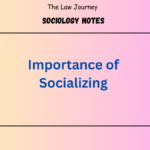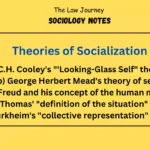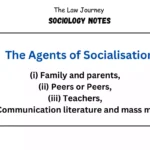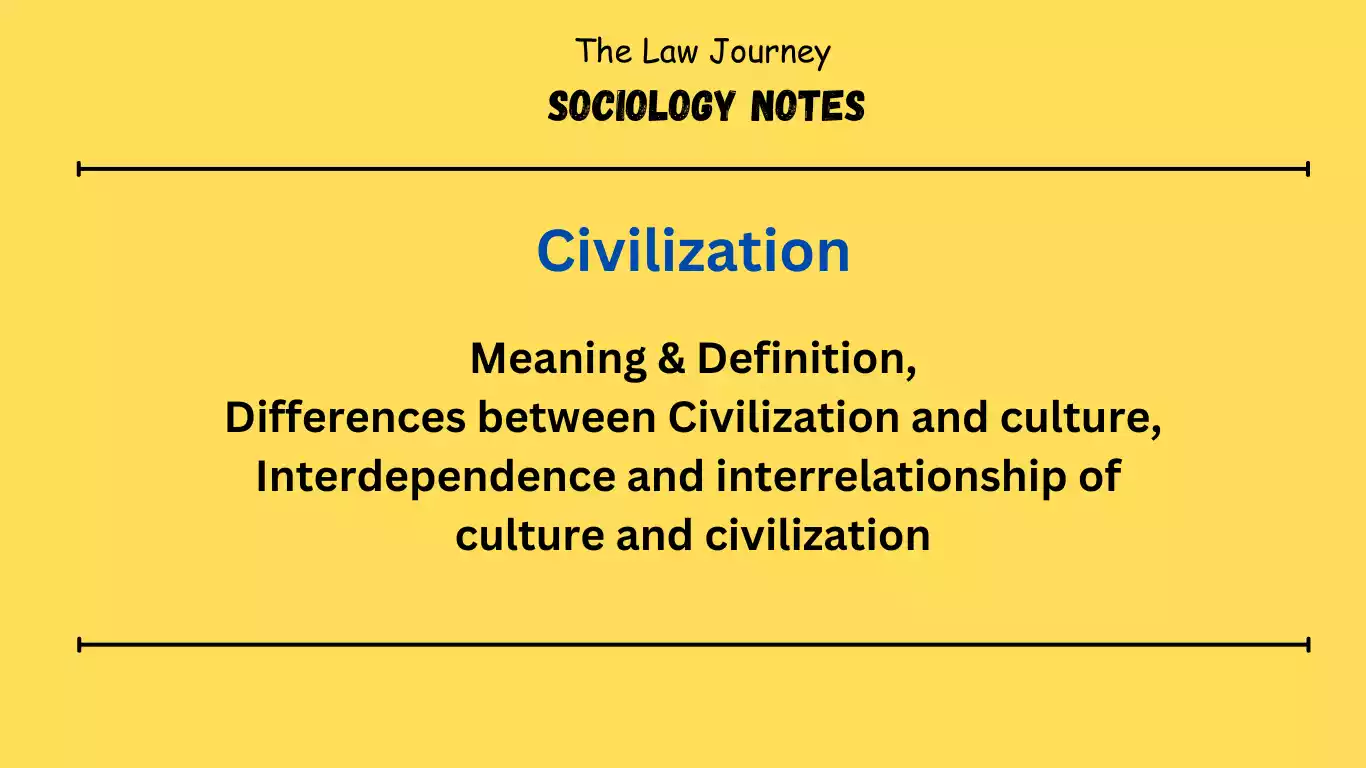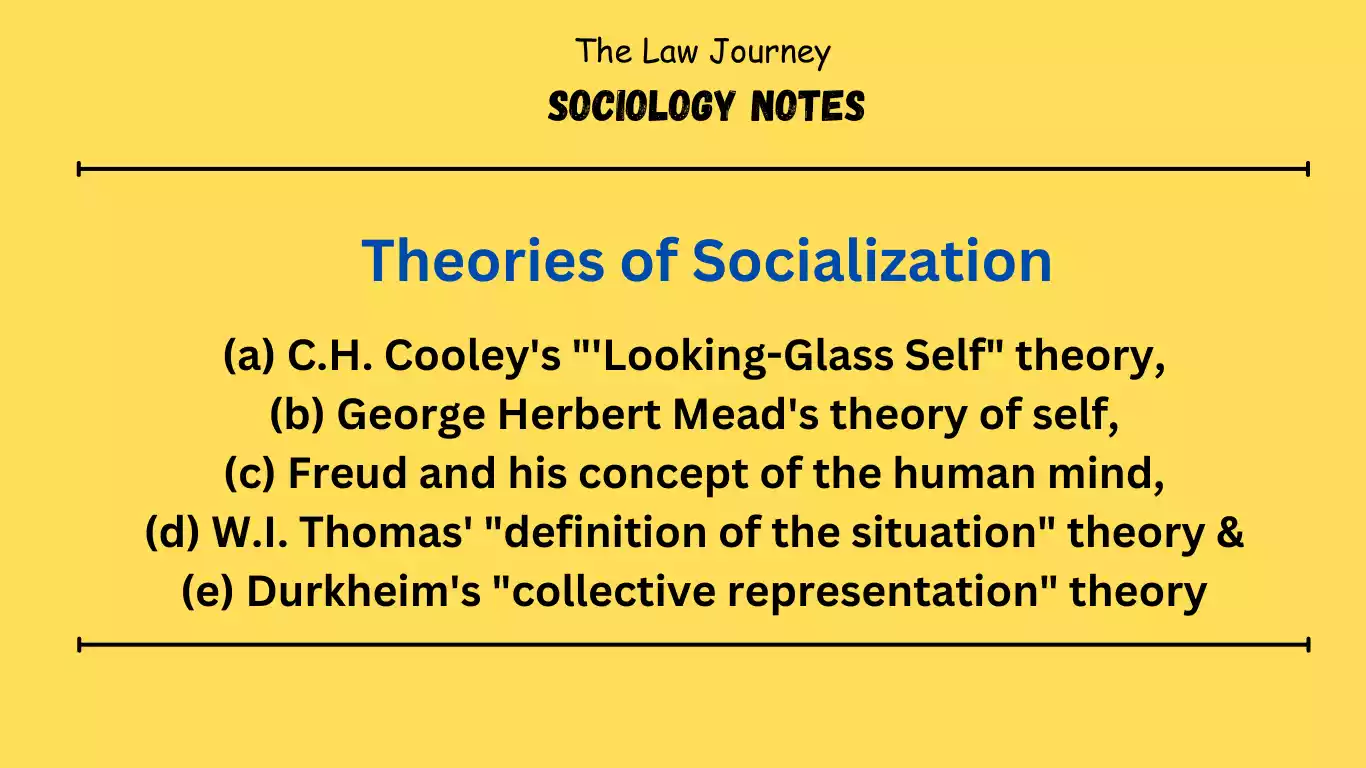Methods of Sociology – Sociology as a social science has attempted to develop its own research methods. Compared to other social sciences, sociology has major problems in developing satisfactory methods. Although sociology is still in its infancy, it attempts to deal with various aspects of human social life as accurately as possible. Human social life is complex and multifaceted.
It is a difficult task for sociologists to collect, analyze, integrate, and ultimately generalize so much, complex, and fantastical social data. They’re looking for all kinds of ways to collect and interpret social data. Therefore, it has become natural for them to use different methods when studying.
Below is an overview of some of these methods.
Comparison methods of Sociology
To effectively address society’s problems and make fruitful discoveries, sociology must apply accurate and proven research methods. Comparison is one of them. This method is as old as Aristotle, who is known to have used it in his study of political systems. But it was not until his nineteenth century that it became “the preeminent method of sociology”.
Sociologists and social researchers such as Comte, Durkheim, Tyler, and J.G. Fraser, Weber, Hobhouse, Wheeler, Ginsburg, Gouldner, G.P. Murdoch, SF Nader, S.M. Lipsett and his R. Bendix, E.R. Leach et al. I was allowed to.
The comparative method refers to “a method of comparing different societies or groups within the same society to show whether they are similar or different in certain aspects and why.” Evidence of human social behavior can be found in a variety of groups and societies.
The comparative method is not a particularly sociological method, but is a well-known method in logic, and as such is applicable to all sciences. In the 18th century, philologists used this method to study different languages. In the 19th century, social researchers used this method to find similarities in social institutions and trace their common origins.
Montesquieu and Comte used and recommended this method in his nineteenth century to identify and explain both differences and similarities between societies. Throughout the nineteenth century, there was a close relationship between the use of comparative methods and evolutionary approaches.
Durkheim made the importance of this method clear in his Rules of Sociological Method. According to him, sociological explanation consists exclusively in establishing causal relationships.
In the natural sciences, more causal relationships are considered, but in sociology such direct experiments are out of the question, so we have no choice but to use indirect experiments, i.e., comparative method-says Durkheim In his book The Division of Labor in Society, Durkheim simultaneously compared the legal systems of different societies at different stages of development. He used law as an indicator of the moral nature of society.
By comparison, he “tested the hypothesis that an increased division of labor is accompanied by a change in the nature of social integration or solidarity.” Furthermore, in his study of “Suicide”, Durkheim aimed to discover the social causes of suicide. Suicide rates in various social groups are related to the characteristics of that group. (Methods of Sociology)
He showed that “suicide rates vary inversely with the degree of social cohesion and the stability of moral norms.” Tyler used this method when studying institutions related to primitive man families. And he was able to show that the habit of avoiding mother-in-law was correlated with the marital residence system.
Recently, S.M. Lipset and R. Bendix “compared the proportions of social mobility in various industrial societies and showed that these proportions depended heavily on the stage and degree of industrialization.” Therefore, using this method, we may be able to explain habits and the meaning of customs.
It varies from society to society, but consider the motivation behind it and act on it. Using this method, it is perfectly possible to establish correlations such as crime and urbanization, family size and social mobility, social class and education level, urban life and divorce or crime rate. Studies of this kind have yielded many results, including generalizations.(Methods of Sociology)
To be sure, the comparative method has its own limitations. Critics point out that “what appear to be similar organizations at first glance may actually be very different in the societies under consideration.” Furthermore, “an organization that is disconnected from the context of the society as a whole in which it functions is easily misunderstood.”
These comments point to practical difficulties in applying this method. As Bottomore suggested, these issues can be minimized. Limit the scope of the comparison to companies that are substantially similar. Despite its shortcomings, comparative methods are widely used in sociological research today.(Methods of Sociology)
E.A. Freeman argued that “the establishment of comparative research methods is the greatest intellectual achievement of our time.” As Durkheim noted, in the absence of experimental methods, the only methods available in the field of sociology are comparative methods.
The success of using this method in small-scale studies in specific societies has encouraged sociologists to make comparisons between societies. Such high-level comparisons between societies and nations are needed to validate the conclusions of small-scale studies.(Methods of Sociology)
historical methods of Sociology
The historical method refers to, “a study of events, processes, and institutions of past civilisations, for the purpose of finding the origins or antecedents of contemporary social life and thus understanding its nature and working.” This method is based on the idea that our present forms of social life, our customs and traditions, beliefs and values, and our ways of living as such have their roots in the past and that one can best explain them by tracing them back to their origins.
The utility and wide acceptance of the historical method have resulted in one of the fields of sociology known as “historical sociology. “”Historical sociology studies societies of the remote as well as of the recent past to discover origins of, and find explanations for, our present ways of life.” In a way, all types of sociological research are historical, for the sociologists make use of the records relating to the things that have happened or have been observed.
But generally, the term “historical sociology” is applied to the study of social facts which are more than fifty or so years old. It means all the social facts relating to the 19th and early 20th century are referred to as “historical.”
In practice, “historical sociology is a particular kind of comparative study of social groups; their compositions, their interrelationships and the social conditions which support or undermine them.” The social anthropologist examines these things in contemporary simple societies. However, historical sociologists examine them from the records of societies and cultures that came before them.
There are two main forms of historical approach. (i) the first is strongly influenced by biological evolutionary theory, and (ii) the second is influenced by economic interpretations.
(i) The first approach focuses on topics such as the emergence, development, and transformation of societies and social institutions. This actually covers the entire history of humanity. Comte, Spencer, and Hobhouse used this approach to examine the development of society as a whole. However, E. Westermarck and F. Oppenheimer followed this method to investigate the development of institutions such as marriage and the state in their famous study “History of Mankind on Mars.”
Anger’ or ‘Nation’.
(ii) The second approach was characteristic of the work of Max Weber and his followers. Weber sharply criticized Mark’s materialist view of history and his “formula for explaining the causal relationships of historical reality.” He proposed the idea of an economic “interpretation” of history.
Weber applied this approach to his research on the origins of capitalism, the development of modern bureaucracy, and the economic impact of world religion. These studies explore and interpret specific historical changes in social structure. More recently, C. Wright in his Mills and Raymond in his Aaron have also been influenced by Weber’s methodology in their research.
Statistical methods of Sociology
Since the 17th century, statistical methods have become essential for the analysis of important diseases.
Statistics about people and things. The term “statistics” is used both to refer to (i) the application of statistical methods to social or non-social problems, and (ii) to the actual numerical data collected in relation to these problems. It can be used in two ways.
The term “social statistics” or “statistical methods” refers to methods of measuring social phenomena mathematically. It can be seen as “a method of collecting, analyzing, and interpreting numerical information about social collectives.” As Bogardas pointed out, “Social statistics is mathematics applied to human facts.” Statistical techniques are, in some cases, very useful in revealing relationships between different aspects of social phenomena.
It also helps to generalize about their nature, occurrence, and importance. It is an important tool in research as it can be used effectively for questions and problems concerning measurements and numbers. This method can be used very effectively to study, for example, fertility and mortality rates, divorce and marriage rates, crime and suicide.
Useful information can be obtained by applying this method to research on immigration, economic conditions, living standards, human ecology, and public opinion. Statistical methods exhibit certain peculiarities when applied to the study of social phenomena. F
irst, gathering numerical information about social issues and issues is not always possible through direct observation. This should be done through surveys and surveys, which have their own limitations.
Next, social statisticians also deal with interview issues. During interviews, some respondents may refuse to provide requested information. When such respondents are selected from the sample, the rejection issue becomes a major flaw in the overall process.
Third, social statisticians are often interested in analyzing data that can be ordered but not measured. (Example: Categorize the availability of medical facilities into “good,” “average,” “uninterested,” and “bad.”)
Sociologists such as Comte and Professor Giddings emphasize the importance of this technique in sociological research. Indeed, most of the data handled in sociology is qualitative and not quantitative in nature. Sociologists still struggle to translate this data into quantitative terms so that it can be studied statistically.
Case study methods of Sociology
“Case study” is a practice that originates from jurisprudence. In jurisprudence, a “stage” refers to an event or series of events involved in a legal act. In sociology, the case study method deals with a topic comprehensively.
This method allows for a qualitative analysis of the problem. It is an in-depth study of an individual, situation, organization, institution, family, group, or small community. The idea behind this method is that each case studied is representative of many (if not all) similar cases, allowing generalization.
This method requires careful consideration of all the information and data collected regarding the object or case under study. Burgess therefore called this method a “social microscope.” Case studies can use a variety of techniques, including interviews, questionnaires, schedules, life stories, all kinds of relevant documents, and even “participant observation” to gather information about the case being studied.
This method is essential for gaining insight into the problems of alcoholics, drug addicts, criminals, juvenile delinquents, social deviants, and immigrants. The Polish Peasant in Europe and America (1922) by Thomas and Znaniecki is a classic work in the field of case studies.
This method is often criticized by social statisticians. In their opinion, this method cannot provide methodologically accurate results of a general nature. Still, it could be used as a valuable preliminary approach to discovering important variables indicative of human behavior. These variables lead to the formulation of hypotheses that can be tested with reference to a large number of cases.
Functional methods (functionalism) of Sociology
The functional method, or functionalism, has recently become more prominent in sociological research. This method first appeared in sociology and social anthropology as a reaction to almost evolutionary methods. When compared to other methods such as the scientific method and the comparative method, functionalism can be understood as a method of analysis and interpretation rather than a method of investigation.
Related Post | methods of Sociology
- Concept of Social Groups in Sociology
- Religion Sociology – Branch of sociology
- Branches of Sociology
- Application or Uses of sociology
- RTI notes
- Political Notes
- Legal History Notes
- Law of Torts notes
- law project maker
- moot court memorial maker
Methods of Sociology ?
Comparative Method-Historical Method-Statistical Method Case Study Method-Functional Method-Scientific Method-Limitations of the Scientific Method in Sociology Scientific Viewpoint-Sociology as a Science-Sociological Point of View.
Comparison methods of Sociology ?
The comparative method refers to “a method of comparing different societies or groups within the same society to show whether they are similar or different in certain aspects and why.” Evidence of human social behavior can be found in a variety of groups and societies.
historical methods of Sociology ?
The historical method refers to, “a study of events, processes, and institutions of past civilisations, for the purpose of finding the origins or antecedents of contemporary social life and thus understanding its nature and working.”
Statistical methods of Sociology ?
The term “social statistics” or “statistical methods” refers to methods of measuring social phenomena mathematically. It can be seen as “a method of collecting, analyzing, and interpreting numerical information about social collectives.”
Case study methods of Sociology ?
“Case study” is a practice that originates from jurisprudence. In jurisprudence, a “stage” refers to an event or series of events involved in a legal act. In sociology, the case study method deals with a topic comprehensively.
Reference Books | methods of Sociology
- Handbook of Indian Sociology by Veena Das
- A Dictionary of Sociology by John Scott
- C.N. Shankar Rao – Principle of sociology with an introduction to social thoughts
- Introduction to Sociology by Anthony Giddens
- Sociological Theory by George Ritzer
- Social Change in Modern India by M N Srinivas







